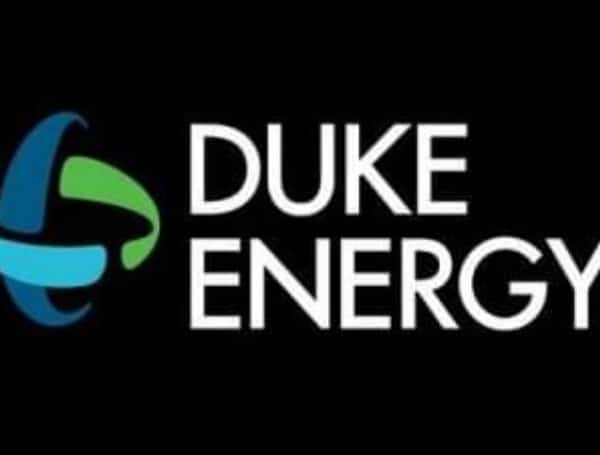Duke Energy Florida will seek state approval of a three-year plan that would increase customers’ base electric rates and expand solar-power generation.
Duke on Wednesday notified the Florida Public Service Commission that it will seek to increase base rates by $596 million in 2025. The plan would increase the rates by an additional $95 million in 2026 and $127 million in 2027.
The utility, however, said it expects customers’ overall bills would decrease in 2025. That is because other current costs, such as costs related to storm recovery and purchasing power from other sources, will drop off customers’ bills at the end of 2024.
Read: Florida Ports See Boost In Cargo, Cruise Traffic
“DEF’s (Duke Energy Florida’s) customers are receiving more reliable, resilient and cleaner energy,” the filing at the Public Service Commission said. “We are committed to continuing this trend of improving the reliability and resilience of our system. The company is also dedicated to delivering power in a cleaner and cost-effective manner while adapting to changing generation and grid realities.”
Duke will file a full rate proposal April 2, touching off a lengthy — and complicated — process of the commission, the state Office of Public Counsel and other parties examining the details. The Office of Public Counsel represents consumers in utility cases. Other parties, such as business groups, have intervened in past base-rate cases.
Ultimately, the commission would have to approve any base-rate increases. Duke is operating under a rate settlement that was reached in 2021 and will end this year.
Duke is the state’s second-largest utility behind Florida Power & Light. It expects to add about 35,000 customers a year, topping 2 million in 2025, according to the filing.
The plan includes spending $1.5 billion on solar-power projects, including 14 new 74.9-megawatt solar plants. Also, it includes spending $3.3 billion from 2025 through 2027 to bolster transmission and distribution systems.
Read: Florida Mom Charged After Her 9-Month-Old Baby Dies From Fentanyl, Meth Overdose
“These (transmission and distribution) investments will ensure these systems can provide reliable and safe electric service directly to the customer under the transition to cleaner generation sources spread more widely across DEF’s service area, including at the customer’s own location from solar rooftop generation,” the filing said. “This requires DEF’s transmission and distribution system to be more flexible to adjust to changes in (electric) load from different resources at increased varied times than any time before in DEF’s long history of providing customers safe and reliable electric service.”
A closely watched issue in base-rate cases is the return on equity — a measure of profitability — that utilities are allowed to earn. The commission approves return-on-equity ranges. The Duke filing does not detail a proposed range, but it indicates the utility will seek a range with a “midpoint” of 11.15 percent.
“DEF’s ability to earn a fair rate of return is crucial to DEF’s ability to obtain the capital necessary to fund its investments for its customers in cost-effective, reliable electric generation, transmission and distribution facilities … under all market conditions,” the filing said. “DEF’s proposed ROE (return on equity) also reflects the significant increase in interest rates in recent years.”
Customer bills are made up of a variety of costs, such as base rates, power-plant fuel expenses, storm-related costs and environmental-project costs. In addressing customer bills, utilities rely on a benchmark of residential customers who use 1,000 kilowatt hours of electricity a month.
Read: Florida Rep. Gaetz Says Newsom “Auditioning” To Be 2024 Replacement For The “Dementia-Ward Escapee”
Duke customers who use 1,000 kilowatt hours began paying $171.71 in January, down from the $183 in 2023. While Duke said it expects customer bills to decrease in 2025, the filing did not provide an estimated number.
“This proposal offers what our customers want — a more reliable energy system using cleaner energy,” Melissa Seixas, the utility’s state president, said in a prepared statement. “We are focused on making smart energy investments that leverage innovative technology to increase power plant efficiency and reduce outages.”
Android Users, Click To Download The Tampa Free Press App And Never Miss A Story. Follow Us On Facebook and Twitter. Sign up for our free newsletter.

